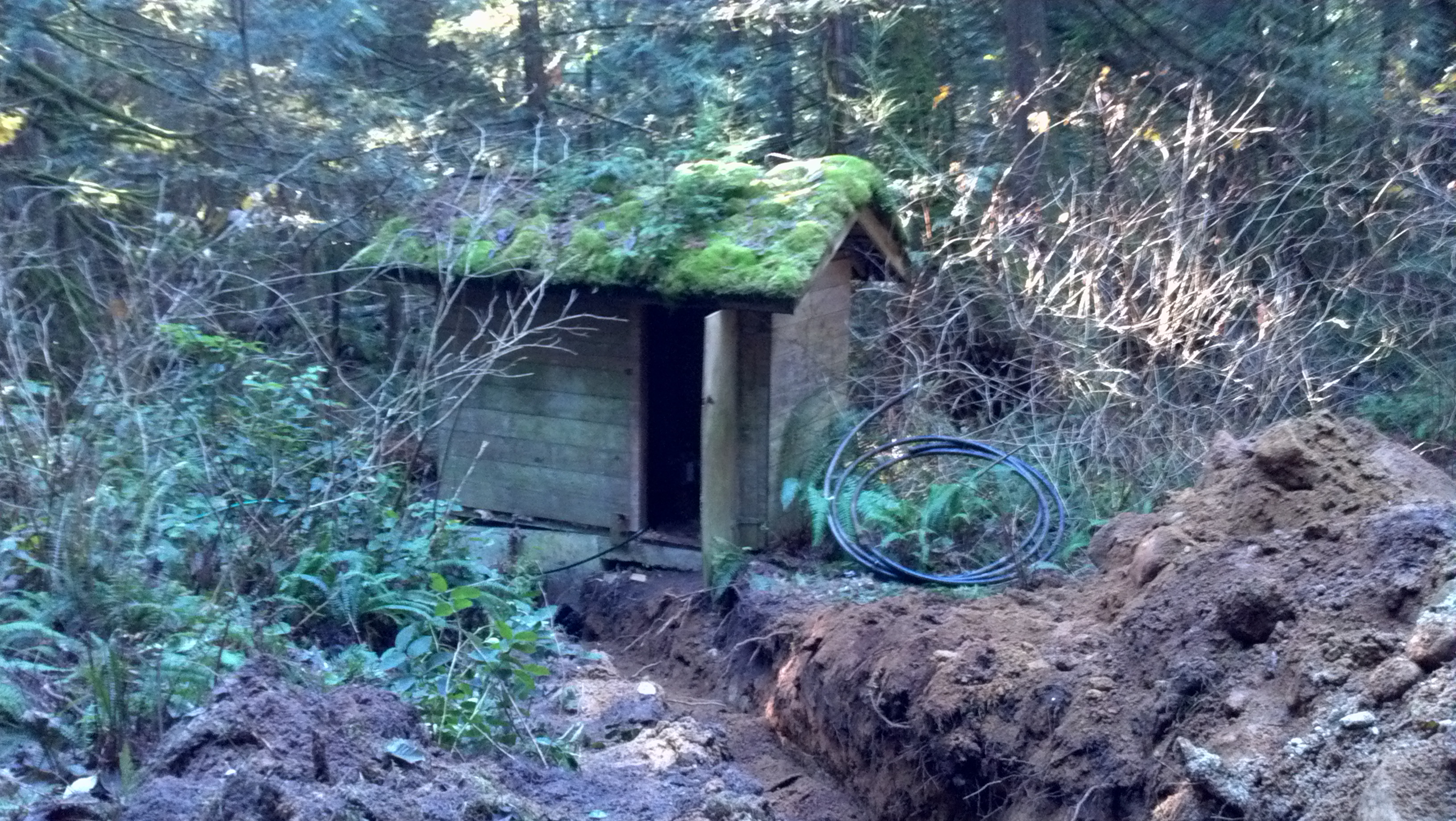Even in a well established industry, this installation stands to prove there is ‘always room for improvement’.
There are a few things that set this design apart from the status quo;
- Hybrid closed and open loop
- Variable loop flowrate
- Heat exchanger backflush
All of this comes together to make a highly efficient and innovative installation.

Hybrid closed and open loop –
This site didn’t have the space to easily install a horizontal groundloop and vertical was cost prohibitive. The site had an existing shallow well, but when we tested the refresh rate it wasn’t high enough to reliably provided the water we would need for an open loop system. By incorporating a mechanical diverter valve, a portion of the water is returned to the well and a portion rejected. The long buried supply and return lines also draw a significant portion of their thermal energy from the trench.

Variable loop flowrate –
Design flow is a parameter that needs to be considered carefully, to deliver the manufacturers recommended flowrate is a good starting point, but we can improve on that even. Multi stage heat pumps are capable of modulating heat pump output, to optimize run time and COP. The result is a variable requirement for heat input – the heatpump requires more thermal energy in stage 2 than stage 1 for example. Since the energy available is a function of temperature and flowrate, and we can’t change the temperature – we optimize the flow to conserve energy.

Too much flow – With a relatively high head and long supply line open loop system, pumping energy can be significant with no gain. Excessive velocities can cause premature failure in system heat exchangers, valves and elbows.
Too little flow – Too little flow reduces operating COP and can even freeze the evaporator in heating.
Heat exchanger backflush –
Biofouling of open loop heat exchangers is a very real concern and raises the potential for increased maintenance and reduced performance. By reducing the flow direction in a heat exchanger periodically, we can eliminate the need for heat exchanger antiscaling service or replacement. This is accomplished automatically by using 2, 3 way diverter valves, driven in opposition automatically by schedule.


